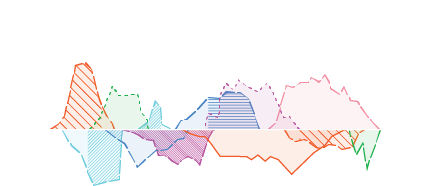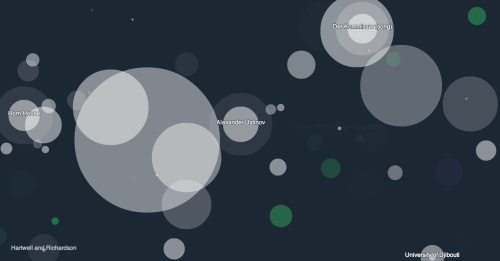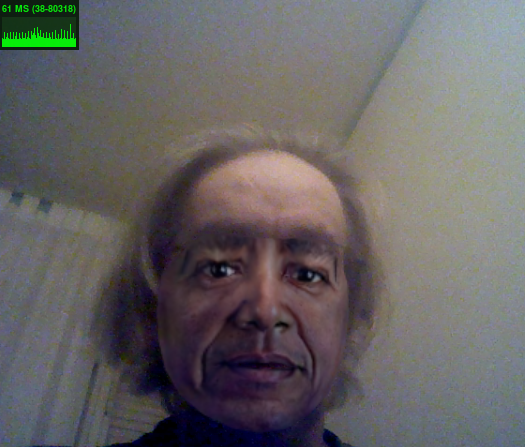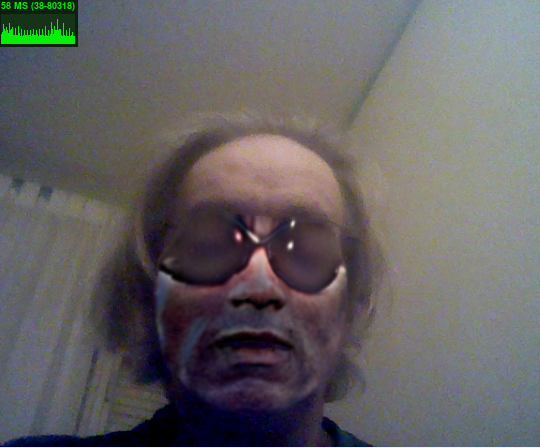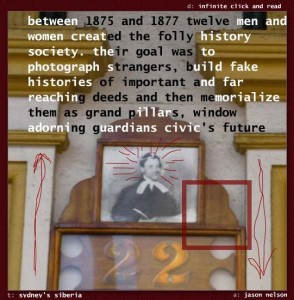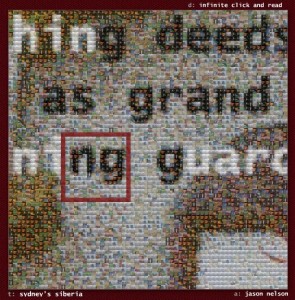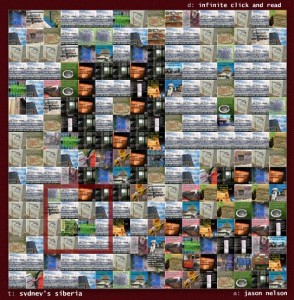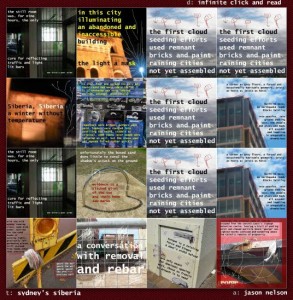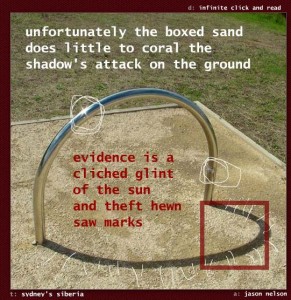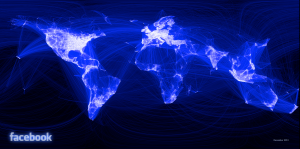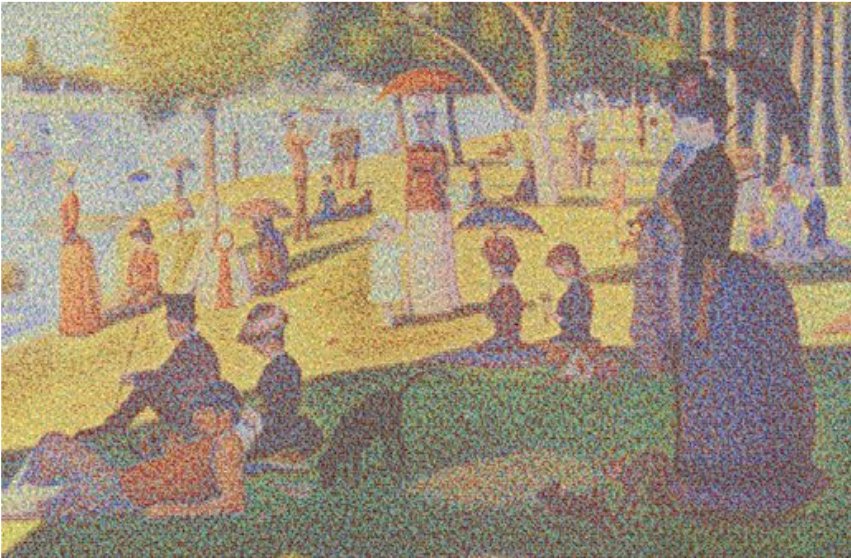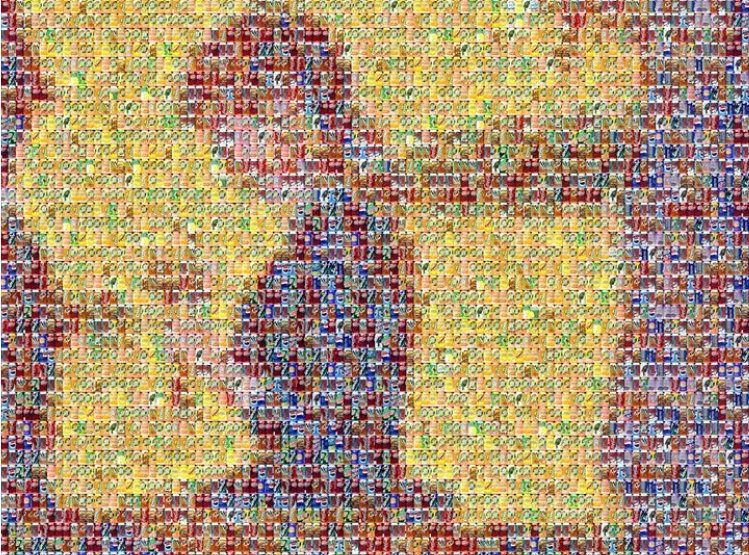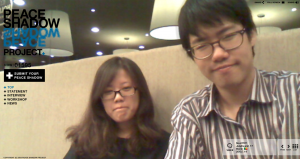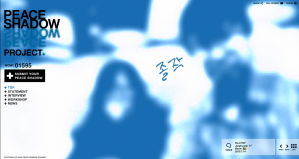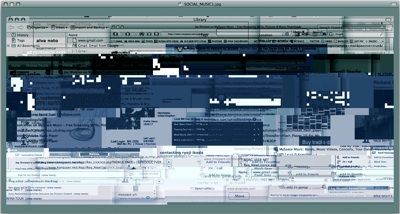
In this post, the story of Nabaztag is taken from Wikipedia, with some notes by myself.
The word Nabaztag (“նապաստակ” which in Armenian language means rabbit) indicates the wifi rabbit conceived by Rafi Haladjian and Olivier Mével and produced in 2005 by the French company Violet.
The object, sold from June 2005, by the end of October 2006 had reached 35,000 copies in France alone. At the end of 2006 a more advanced model was introduced, the Nabaztag: tag that supports mp3 streaming via the internet, has a microphone to receive voice commands and an RFID reader with personalized tags to receive commands. This model also has PULL technology, which means it can query the server on its own initiative. As of September 2007, there are more than 180,000 Nabaztags around the world.
On October 20, 2009, Violet, struggling for insane management, is bought by the well-known software publisher Mindscape which puts on the market an even more advanced model called Karotz with webcam and greater memory capacity. Soon, however, even the latter entered into crisis. On July 29, 2011 Mindscape announced the shutdown of Nabaztag’s management servers, creating 180,000 orphans in one go, but made public the code for managing multimedia “bunnies”, making it possible for different user communities to create new servers. However, the various user communities have favored alternative solutions, based on the Opensource OpenJabNab, Nabizdead and OpenNag projects, simpler to implement than the original server (called “burrow”, referring to wild rabbit burrows) Violet / Mindscape but without support for older first generation Nabaztag units. The user communities born in the immediate closure of the “official” server support only Nabaztag: tags.
Later Mindscape is acquired by Aldebaran Robotics, a company specializing in toy and amateur robots, which sells Karotz’s stocks without developing the product, despite the fact that it had incorporated and clearly visible hooks for accessories and extensions. Finally, with a shocking announcement from its CEO, it communicates the shutdown of the Karotz servers for February 18, 2015, thus marking the end of the project whose existence remains entrusted to amateur servers.
Since the creation of Nabaztag, Antoine Schmitt is its behavioral designer and Jean-Jacques Birgé its sound designer. Together, they also composed the Opera Nabaz’mob for 100 communicating rabbits, which won the Prix Ars Electronica Award of Distinction Digital Musics 2009 and an excerpt of which can be seen in this video.
The video on this page is a shorter excerpt, but the audio is better.

